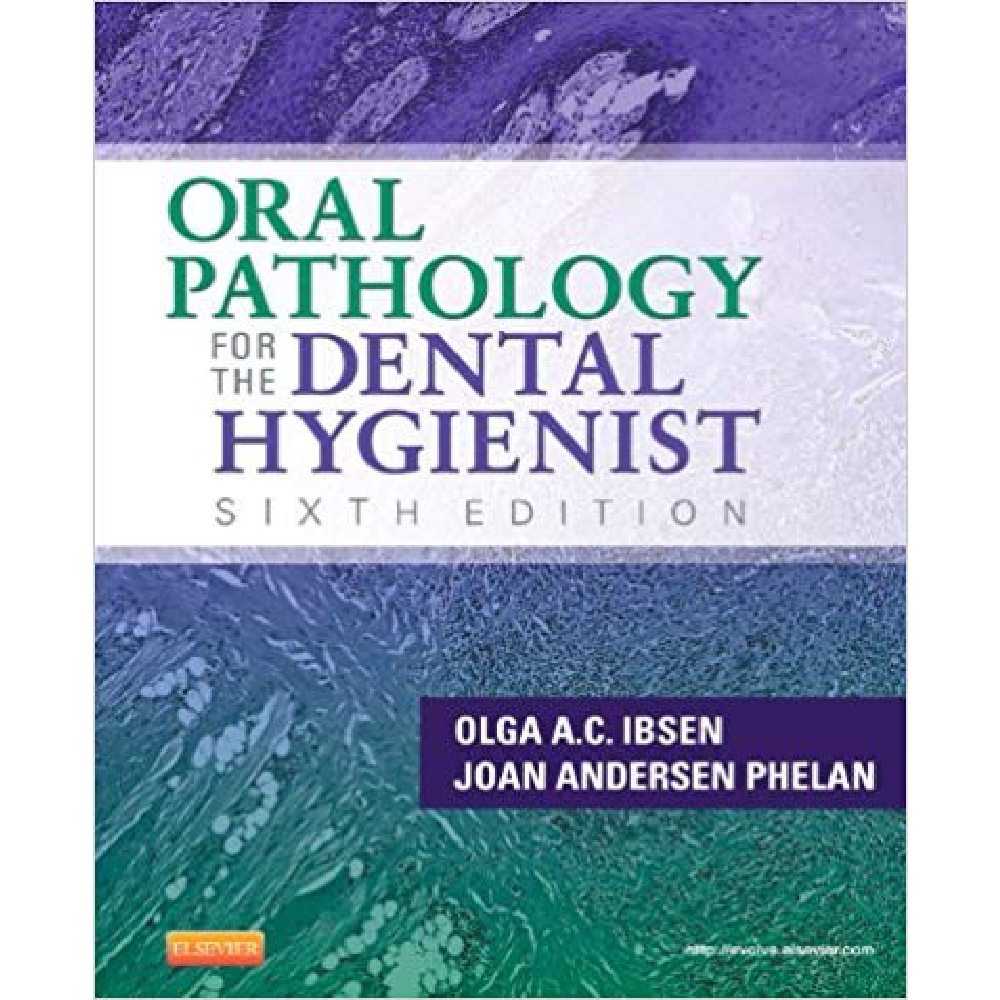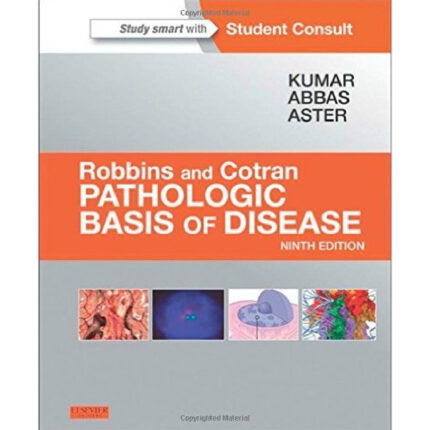Oral Pathology For The Dental Hygienist 6th Edition By Ibsen RDH MS – Test Bank
Chapter 10: Diseases Affecting the Temporomandibular Joint
Test Bank
MULTIPLE CHOICE
1. The temporomandibular joint is the articulation between the condyle of the mandible and the:
a. zygomatic process of the temporal bone.
b. glenoid fossa of the temporal bone.
c. external acoustic meatus.
d. spine of the sphenoid bone.
ANS: B
Feedback
A The temporomandibular joint is the articulation between the condyle of the mandible and the glenoid fossa of the temporal bone rather than the zygomatic process of the temporal bone.
B Correct! The temporomandibular joint is the articulation between the condyle of the mandible and the glenoid fossa of the temporal bone. It is a highly specialized joint that differs from other joints because of the fibrocartilage that covers the bony articulating surfaces, its ginglymoarthrodial movement, its function and overall health being dictated by jaw movement, and its dependence on the contralateral joint.
C The temporomandibular joint is the articulation between the condyle of the mandible and the glenoid fossa of the temporal bone rather than the external acoustic meatus
D The temporomandibular joint is the articulation between the condyle of the mandible and the glenoid fossa of the temporal bone rather than the spine of the sphenoid bone.
REF: 321
2. The temporomandibular joint exhibits ginglymoarthrodial, or ____________ movement.
a. rotational and translational c. closing
b. opening d. maximal interdigitation
ANS: A
Feedback
A Correct! The temporomandibular joint exhibits ginglymoarthrodial, or rotational and translational movement. Translational movement occurs in the upper compartment, whereas the lower compartment functions primarily as the hinge or rotational component.
B The temporomandibular joint exhibits ginglymoarthrodial, or rotational and translational movement. The first phase of opening movement is characterized by rotational movement of the condyle followed by anterior translation to approximately the anterior peak of the articular eminence. The opening is accomplished mainly by the lateral pterygoid muscle, with some help from the anterior digastric muscle.
C The temporomandibular joint exhibits ginglymoarthrodial, or rotational and translational movement. The masseter, medial pterygoid, and temporalis, are elevator muscles that close the mandible when activated.
D The temporomandibular joint exhibits ginglymoarthrodial, or rotational and translational movement. The point of maximal interdigitation is called centric occlusion.
REF: 321
3. Which of the following statements is true of the articular disk in the temporomandibular joint?
a. It is attached to the anterior and posterior aspects of the condyle.
b. It is attached to the inferior belly of the medial pterygoid muscle.
c. The disk is highly vascular.
d. The disk is surrounded and protected by the fibrous connective tissue joint capsule.
ANS: D
Feedback
A The articular disk in the temporomandibular joint is attached to the lateral and medial rather than anterior and posterior aspects of the condyle, to the superior belly of the lateral pterygoid muscle, and to the joint capsule.
B The articular disk in the temporomandibular joint is attached to the lateral and medial aspects of the condyle, to the superior rather than inferior belly of the lateral pterygoid muscle, and to the joint capsule.
C The disk and the bony surfaces are avascular.
D Correct! The disk is surrounded and protected by the fibrous connective tissue joint capsule.
REF: 321
4. Opening, or depressor function, of the mandible is accomplished primarily by the _____________ muscle.
a. medial pterygoid c. masseter
b. lateral pterygoid d. temporalis
ANS: B
Feedback
A The medial pterygoid is an elevator muscle that closes the mandible when activated.
B Correct! Opening, or depressor function, of the mandible is accomplished primarily by the lateral pterygoid muscle with some help from the anterior digastric muscle.
C The masseter is an elevator muscle closes the mandible when activated.
D The temporalis is an elevator muscle that closes the mandible when activated.
REF: 321
5. During opening of the jaw:
a. rotational movement precedes translation.
b. rotational movement follows translation.
c. there is only rotational movement; translation occurs only during closure.
d. there is only translational movement; rotation occurs only during closure.
ANS: A
Feedback
A Correct! During opening of the jaw rotational movement precedes translation. During translation the disk assumes a more posterior position in relation to the condyle. The inferior and superior joint spaces assume different configurations during each of these movements.
B During opening of the jaw rotational movement precedes rather than follows translation.
C During opening of the jaw rotational movement precedes translation.
D During opening of the jaw rotational movement precedes translation.
REF: 322
6. While up to __% of the adult population has at least one sign and/or symptom of a temporomandibular disorder, most studies suggest that clinically significant TMD-related jaw pain, dysfunction, or both affects about __% of the general population.
a. 90; 10 c. 50; 10
b. 75; 5 d. 25; 5
ANS: B
Feedback
A Although up to 75% and not 90% of the adult population has at least one sign and/or symptom of a temporomandibular disorder, most studies suggest that clinically significant TMD-related jaw pain, dysfunction, or both affects about 5% rather than 10% of the general population.
B Correct! While up to 75% of the adult population has at least one sign and/or symptom of a temporomandibular disorder, most studies suggest that clinically significant TMD-related jaw pain, dysfunction, or both affects about 5% of the general population. Significantly more frequent and more severe TMD signs and symptoms are seen in women than men and in older adults.
C Although up to 75% and not 50% of the adult population has at least one sign and/or symptom of a temporomandibular disorder, most studies suggest that clinically significant TMD-related jaw pain, dysfunction, or both affects about 5% rather than 10% of the general population.
D Although up to 75% and not 25% of the adult population has at least one sign and/or symptom of a temporomandibular disorder, most studies suggest that clinically significant TMD-related jaw pain, dysfunction, or both affects about 5% of the general population.
REF: 322
7. Which of the following choices represents an indirect form of trauma affecting the temporomandibular joint?
a. Clenching, bruxism c. Psychosocial factors
b. Whiplash injury d. Osteoarthritis
ANS: B
Feedback
A Whiplash injury represents an indirect form of trauma affecting the temporomandibular joint. Trauma affecting the temporomandibular joint is classified as secondary to parafunctional habits when it is caused by clenching or bruxism.
B Correct! Whiplash injury represents an indirect form of trauma affecting the temporomandibular joint. Trauma affecting the temporomandibular joint is classified as direct (assault), indirect (whiplash injury), or secondary to parafunctional habits (clenching, bruxism). Other contributing factors include dentofacial deformities and psychosocial factors. TMJ abnormalities are also associated with a number of different systemic diseases. Rheumatoid arthritis and osteoarthritis are the most common.
C Whiplash injury represents an indirect form of trauma affecting the temporomandibular joint.
D Whiplash injury represents an indirect form of trauma affecting the temporomandibular joint.
REF: 323
8. Clicking and popping most commonly reflect:
a. parafunctional habits such as bruxing and clenching.
b. disk displacement with reduction.
c. malocclusion.
d. trismus.
ANS: B
Feedback
A Clicking and popping, not parafunctional habits, commonly reflect disk displacement with reduction.
B Correct! Clicking and popping commonly reflect disk displacement with reduction. It occurs in approximately 33% of asymptomatic patients. It is of little clinical consequence in the absence of pain or other symptoms relating to the temporomandibular joint because it is controversial as to whether these noises represent an adaptive response or an early symptom of progression to disk displacement without reduction.
C Clicking and popping, not malocclusion, commonly reflect disk displacement with reduction.
D Clicking and popping, not trismus, commonly reflect disk displacement with reduction.
REF: 324
9. Which type of dental radiography is best for examining disk position, function, form, and the presence of joint effusions?
a. Panoramic imaging c. Computerized tomography (CT)
b. Transcranial imaging d. Magnetic resonance imaging (MRI)
ANS: D
Feedback
A Magnetic resonance imaging is mandatory for examining disk position, function, and form and the presence of joint effusions. Panoramic imaging radiographs are limited to identifying gross changes in bone.
B Magnetic resonance imaging is mandatory for examining disk position, function and form and the presence of joint effusions. Transcranial imaging radiographs are limited to identifying gross changes in bone.
C Magnetic resonance imaging is mandatory for examining disk position, function, and form and the presence of joint effusions. Computerized tomography is the most accurate for identifying bone abnormalities.
D Correct! Magnetic resonance imaging is mandatory for examining disk position, function, and form and the presence of joint effusions. Arthrography may be useful when MRI is not tolerated and information regarding the position and morphology of the disk is required.
REF: 325
10. An open lock that the patient cannot reduce is called:
a. subluxation. c. ankylosis.
b. dislocation. d. myofascial pain.
ANS: B
Feedback
A An open lock that the patient cannot reduce is called dislocation. Subluxation refers to hypermobility in which the patient is able to relocate the mandible back into the glenoid fossa.
B Correct! An open lock that the patient cannot reduce is called dislocation. Dislocation occurs when one or both of the condyles translates anterior to the articular eminence.
C An open lock that the patient cannot reduce is called dislocation. Ankylosis of the temporomandibular joint is defined as immobility of the condyle because of fibrous or bony union between the articulating structures of the joint.
D An open lock that the patient cannot reduce is called dislocation. Myofascial pain is characterized as a dysfunctional muscle hyperactivity with regional pain, tenderness of the affected muscles, and variable amounts of reduced opening and complaints of malocclusion.
REF: 326






Reviews
There are no reviews yet.